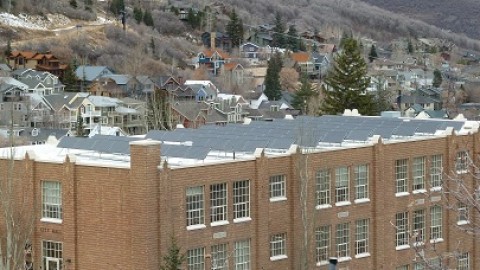Take Action
ASTI Newsletter | August 2014 Edition | By Thomas Yurysta
As the solar industry continues to grow rapidly, utilities across the country are experiencing an increased volume of applications for distributed generation (DG) interconnection. To cope with this new workload, many utilities have created multiple tracks, or “levels”, for interconnection and have adopted simple screening procedures to determine which track an application will follow. Solar Roadmap Goal I4 advocates for this leveled approach to processing applications, which allows utilities to reduce the workload on their engineering staff and provides the industry with a more transparent process.
Most utilities that utilize this approach have two to four separate levels for interconnection. A common trend within most screening procedures is a breakpoint for the first level at 10kW. Systems below this 10 kW, which account for over 90% of all residential systems, are eligible for the most streamlined interconnection review. This process usually involves a brief fill-in-the-blank application form, a single line diagram, a reduced fee amount, and processing times capped at two weeks or less.
The concept of separating applications in multiple tracks was originally deployed by FERC in their Small Generator Interconnection Procedures (SGIP) published in 2005. The SGIP describes the procedures that must be followed when connecting the generator to utility lines under FERC jurisdiction. The standards include provisions for three levels of interconnection: a “10kW inverter process”, a “Fast Track Process” for systems up to 2MW, and a “Study Process” for systems up to 20MW. A standard set of technical screens is used to determine whether a generator qualifies for each level.
Many utilities have followed a similar approach. Commonwealth Edison Company (ComEd), serving 3.8 million customers in Northern Illinois, has a progressive system for handling generator connections to their distribution system. ComEd has divided interconnection into four levels, with breakpoints at 10kW, 2MW, and 10MW. The level 1 process is for inverter-based systems under 10kW using lab-certified equipment. If a system passes the screens, the level 1 review has a low fee of $50, quicker turnaround times, and a simplified application form.
In Hawaii, where some islands have seen close to 5% of customers producing on site power, the Hawaiian Electric Company (HECO) has advanced screening procedures for dealing with the high volume of applications. HECO rule 14 establishes an ‘Initial Technical Review’, a set of 9 screens which a system must satisfy to qualify for simplified interconnection. The screens relate to the circuit type and existing quantity of DG on the circuit along with technical specs on the PV system. This has allowed HECO to continue processing applications efficiently, even as the DG capacity approaches 100% of daytime minimum load on many circuits.
Solar Roadmap Goal I4, “Streamline the Process for Qualifying Systems”, contains these examples and other resources to help our participating utilities follow suit. Contact the ASTI team if your utility would like to receive free technical assistance on this topic, or receive your own customized Solar Roadmap with suggestions on how to become more solar ready.






